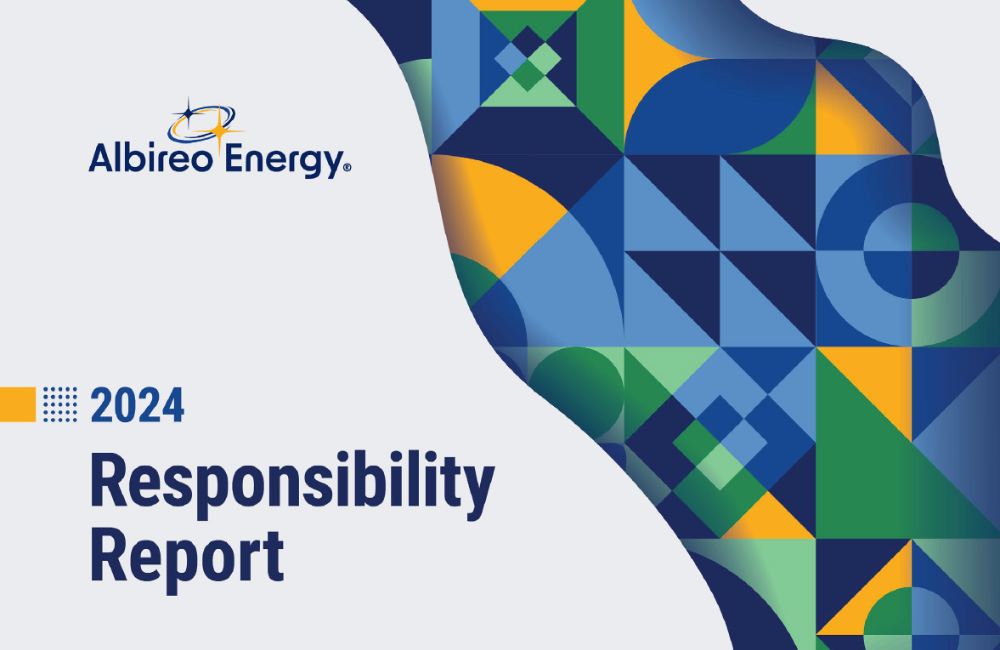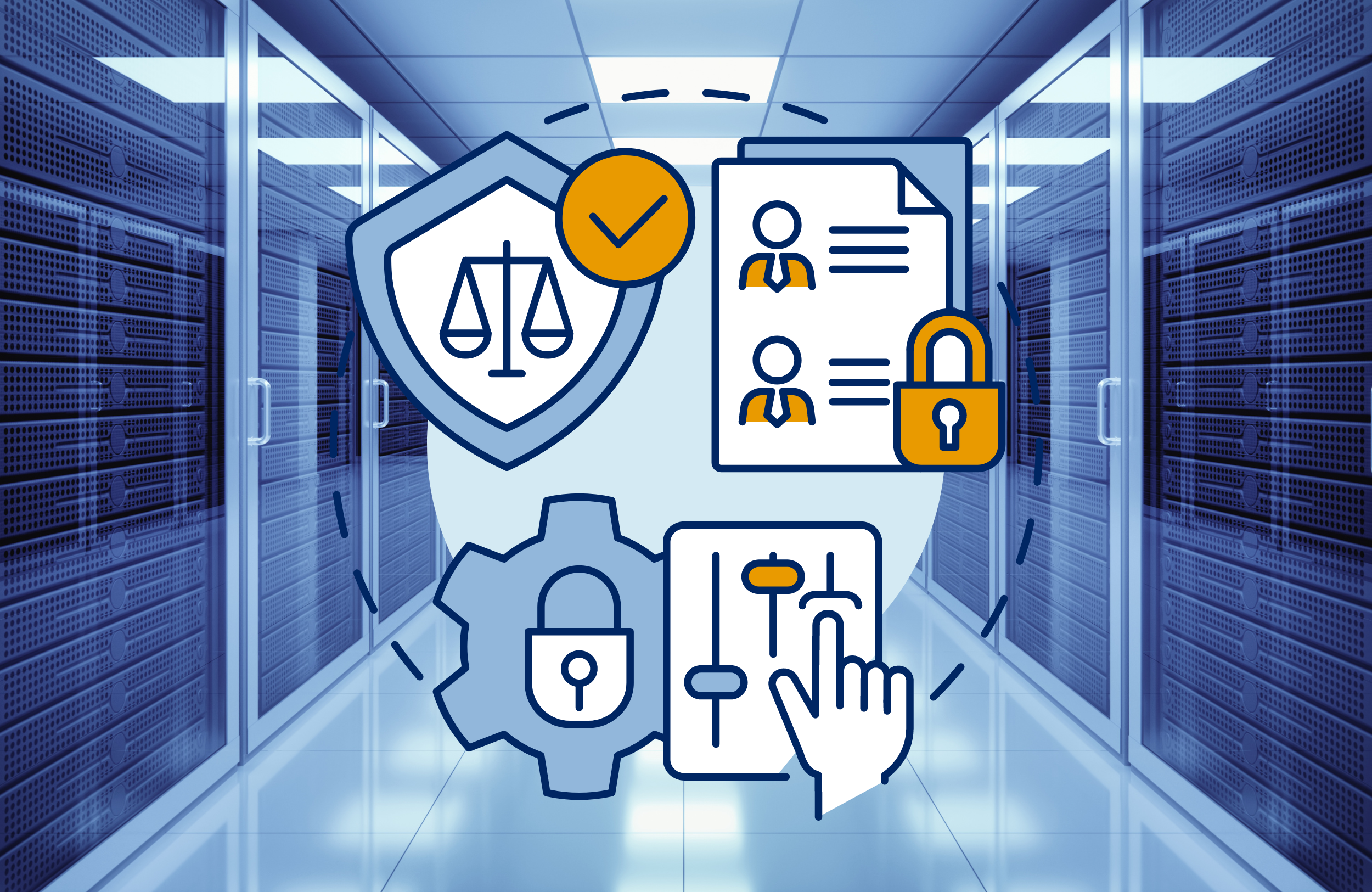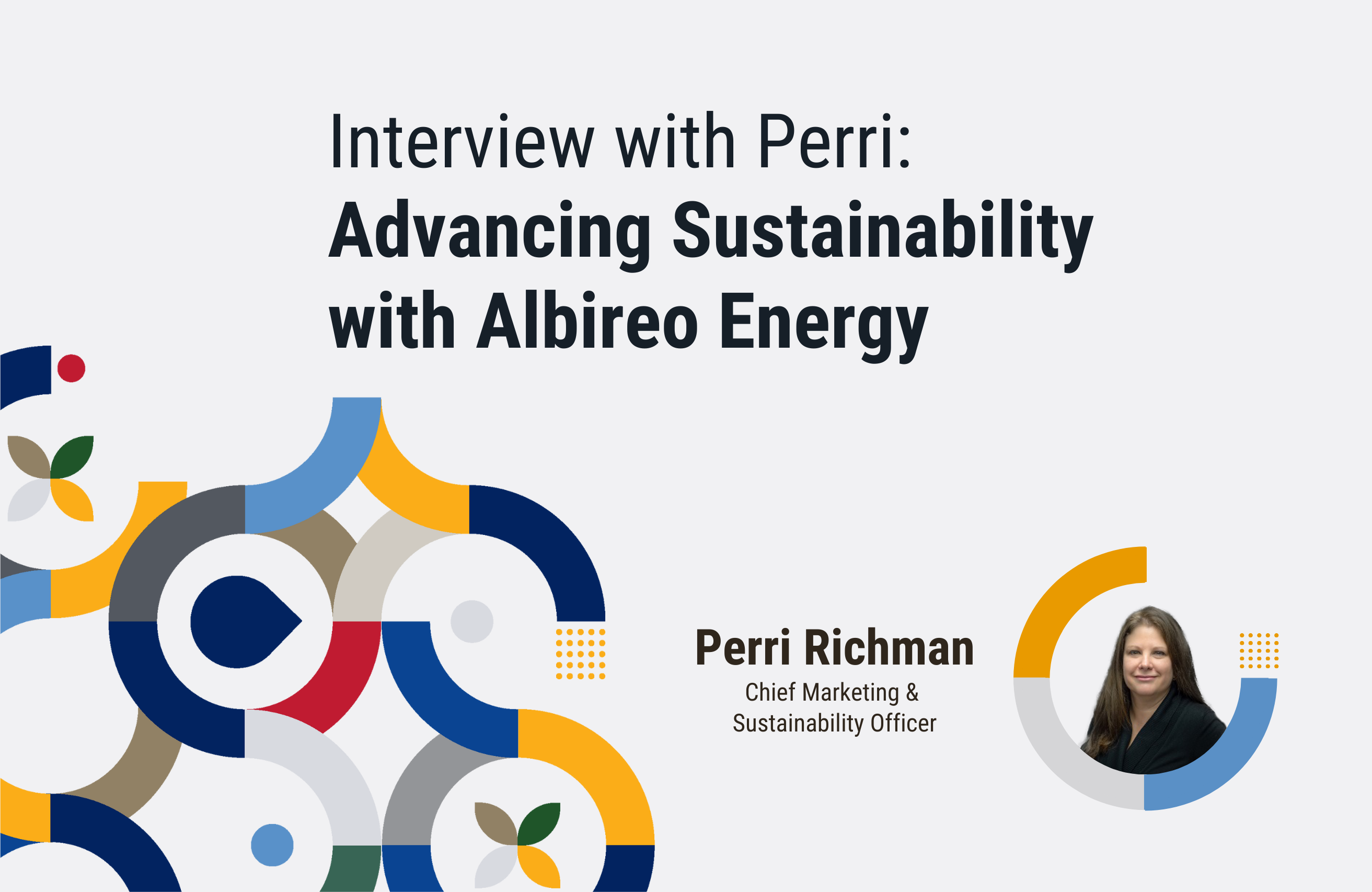Thirty U.S. states, Washington, D.C. and two territories all have active renewable or clean energy requirements as part of their climate change mitigation plans.
What this means: A portion of all energy used in the state must come from renewable sources like solar, wind and hydroelectric. It also means that your utility company is changing its mix of energy, reducing the use of fossil fuels that contribute to climate change.
As a business or building owner, this is important to you for a few reasons:
- Greater transparency into your utility company’s clean energy mix which you will need for your environmental reporting. Knowing your business or building’s climate impact is essential.
- Clean energy is typically more expensive – and when your utility company uses more of it, your utility bills will increase. Why? Because these increases are passed along to you as the consumer.
State and local legislation is changing rapidly with several states requiring utilities to increase the mix of renewable energy sources. Here are some tips on how to stay smart and guidelines on what you can do to manage your own mix and your bills.
1. Follow the news.
Legislation is quickly changing. Local newspapers in Massachusetts, DC and New York ran major stories about legislation requiring utility companies to purchase more renewable energy or be penalized.
- In December 2022, DC’s Solar Energy Expansion Act of 2022 requires a 5% increase in the amount of electricity to come from solar by 2041 (up from 10% to 15%). This means proposed utility cost increase each year for the next several years.
- The Massachusetts Renewable Energy Portfolio Standard was one of the first in the nation to require a portion of the state’s electricity to come from renewable resources. By 2050, 80% of electricity must be purchased from clean energy sources.
- New York passed a law mandating that by 2040, all electricity in the state be generated by clean energy sources and battery storage – and that all gas and oil-fired generation plants be shut down. This could mean up to a 20% increase in energy costs for large commercial customers like office buildings, data centers, and manufacturing facilities.
Keep an eye on what your peer group of companies are doing to manage their energy mix. Announcements like the one made by Boston-area developer, WS Development, are beginning to trend.
WS Development was the first private development in the state committing to 100% renewable energy use for its entire New England portfolio. This includes a new structure that is slated to open next year and be “all electric and the largest net-zero office building in Boston.”
By making this commitment, and purchasing their own renewable energy, WS Development has essentially locked in their energy costs, making their budgets more predictable, and insulating them from market volatility and future pricing increases.
2. Evaluate your current utility contract.
Utility contracts have a “regulatory change” provision as part of its terms and conditions. Find this section of your contract and evaluate your exposure to regulatory changes. Answer these questions:
- What is the scope of the retail energy product that you purchased?
- What costs have been locked in as part of your contract?
- What costs could be passed through to you?
3. Assess your energy buying power.
A Retail Power Purchase Agreement (PPA) is something that you can purchase to increase your own renewable energy mix and manage costs. A Retail PPA are long-term power supply contracts between you and a renewable power producer. At a minimum, Retail PPAs cover the amount of power that you need with negotiated pricing.
The DC Solar Energy Expansion Act of 2022 has a price stipulation. If building and business owners sign their own Retail PPA before February 28, 2023, prices will not increase. A clause in the utility contract indicates that they can’t impose a cost penalty during an existing contract term.
Renewable energy purchase planning is smart for the wallet, good for business and important steps toward achieving carbon emission reduction commitments. Albireo Energy has successfully helped thousands of organizations across the U.S. better manage their utility expenses and purchase both traditional and renewable energy. Let us partner with you.







